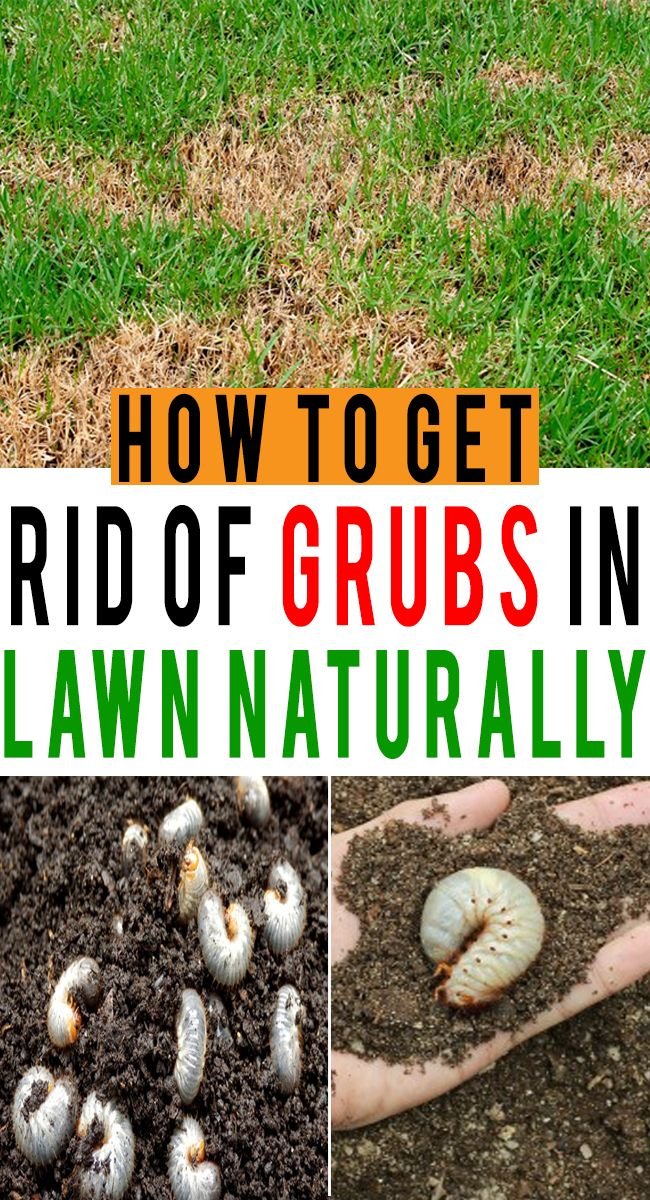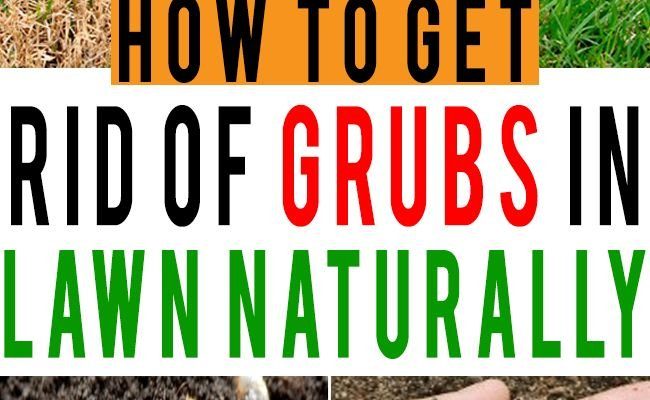
Yard waste, which includes fallen leaves, grass clippings, and plant trimmings, can become a breeding ground for grub worms if not handled properly. To keep these pesky worms at bay, it’s essential to know how to manage your yard waste effectively. In this article, we’ll walk through practical steps to avoid spreading grub worms through your yard waste so you can maintain a thriving outdoor space.
Understanding Grub Worms: What They Are and Why They Matter
Grub worms are the larval stage of various beetles, like the Japanese beetle. They tend to burrow beneath the soil, munching on grass roots and plants as they grow. This can lead to brown patches on your lawn and even dead plants. You might be wondering, “Why should I care?” Well, a healthy yard isn’t just about aesthetics; it’s also about the environment and the wildlife it supports.
These worms thrive in moist, nutrient-rich environments—exactly what your yard waste can create if it isn’t managed well. Let’s think of your yard as a dynamic ecosystem. Keeping grub worms at bay helps maintain the balance of this ecosystem, allowing beneficial insects and plants to flourish without interference.
How Yard Waste Contributes to Grub Worm Infestation
When you leave yard waste sitting around, it can start to rot and create an inviting habitat for grubs. Think of it like leaving a buffet out for hungry insects. Grub worms are attracted to decaying organic matter, which serves as both food and shelter for them. If you’ve ever noticed patches of brown grass, there’s a good chance that your leftover yard waste is part of the problem.
Another factor to consider is moisture. Yard waste can retain water, creating the ideal moist environment that grubs love. The longer you let this waste pile up without dealing with it, the more chance these pests have to settle in and multiply.
Best Practices for Managing Yard Waste
To effectively prevent grub worms from spreading in your yard, establishing a solid yard waste management routine is key. Here are some tips to help you get started:
- Regular Clean-Up: Make it a habit to clean up yard waste weekly, especially during the fall when leaves are falling.
- Composting: Consider composting your yard waste. A well-managed compost pile can generate heat that helps kill off grubs and their eggs.
- Disposal: If you don’t have room for composting, dispose of yard waste properly, using municipal services or designated dumping sites.
Establishing these routines can dramatically reduce the chances of grubs finding a home in your yard.
Hot Composting: A Natural Way to Kill Grubs
If you’re keen on composting, consider a method called **hot composting**. This technique involves creating a compost pile that reaches high temperatures, which can effectively kill off not just grubs but also weed seeds and pathogens.
To create a hot compost pile, follow these steps:
1. **Balance Greens and Browns:** Mix green materials (like grass clippings) with brown materials (like twigs and dried leaves) in a ratio of about 1:3. This balance is crucial for heating the pile.
2. **Aerate Regularly:** Turn the compost pile every couple of weeks to introduce oxygen. This helps speed up decomposition and maintain higher temperatures.
3. **Monitor Temperature:** Use a compost thermometer to check that the internal temperature reaches at least 130°F (54°C). This is hot enough to kill grubs and their eggs.
By doing this, you’re not just reducing waste—you’re also creating rich compost for your plants!
Proper Lawn Care: A Preventive Approach
Keeping your grass healthy is another good strategy for preventing grub infestations. Healthy grass can better withstand damage, making it less appealing to grubs. Here’s how to go about it:
– **Fertilization:** Use a balanced fertilizer to promote strong grass growth. This helps the lawn recover quickly if grubs do take up residence.
– **Watering:** Water deeply but less frequently. This encourages deep root growth, making your lawn more resilient against pests.
– **Mowing:** Mow your lawn at the proper height—typically around 2.5 to 4 inches—to promote a thick, healthy lawn. Taller grass shades the soil, making it less inviting for grubs.
By combining proper lawn care with effective waste management, you’ll create an environment that’s less hospitable to grub worms.
Using Beneficial Nematodes as a Natural Control
If you’re still running into issues with grub worms, you might want to consider introducing **beneficial nematodes** into your yard. These microscopic roundworms are natural predators of grubs. Here’s how they work:
1. **Application:** You can buy nematodes at garden centers or online. Mix them with water and spray them over areas where you suspect grubs are lurking.
2. **How They Work:** When nematodes enter the soil, they seek out grubs and infect them, ultimately leading to the grubs’ demise.
3. **Natural and Safe:** This method is eco-friendly and doesn’t harm beneficial insects, pets, or humans. Plus, it helps control grub populations without harsh chemicals.
Using nematodes can provide a significant boost in your battle against grubs, especially if you’re dealing with an established infestation.
Regular Monitoring: Catching Problems Early
One of the best strategies in lawn care is staying proactive. Regular monitoring helps you catch any potential grub problems early. Here’s how to keep an eye on your yard:
– **Look for Signs:** Keep an eye out for brown patches, especially in the summer. If your grass pulls up easily, there might be grubs beneath.
– **Digging Test:** If you suspect an infestation, carefully dig up a small area of grass. Look for any grubs and count them. If you find ten or more in a square foot, it may be time to take action.
– **Monitor Your Yard Waste:** After each yard clean-up, check your waste piles. If you notice any grubs, dispose of that waste immediately to prevent spreading them.
Regular checks will help you stay one step ahead in preventing grubs, saving you a lot of trouble down the road.
Managing yard waste is more than just a chore; it’s a vital part of keeping your outdoor space healthy. By taking the time to understand how to avoid spreading grub worms, you can prevent these pesky invaders from wreaking havoc on your lawn. From simple strategies like regular clean-up and composting to introducing beneficial nematodes, there are plenty of ways to control potential problems.
Think of your yard as a thriving ecosystem. Every step you take to manage waste helps maintain that balance, allowing your plants to flourish and your lawn to stay beautiful. So, the next time you’re out cleaning up the yard, remember: a little effort goes a long way in keeping those grub worms at bay!

